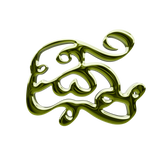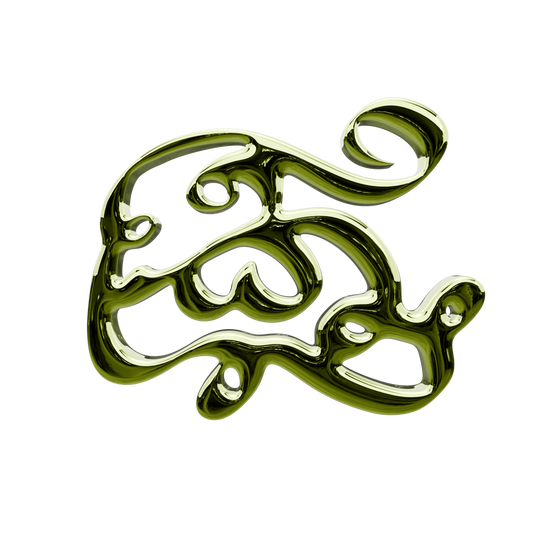Anitha teams up with Kanya London to embrace our hair types.
“DID YOU BRUSH YOUR HAIR?”
“Even though 60% of the world’s population has either curly or wavy hair, [South Asians] have always considered straight hair the ideal type. This irrational obsession has, over the ages, manifested itself in the society’s perception and cinema’s projection of curly-haired women as quirky, wild or rebellious…”

Curly hair goes widely unrecognized as a hair type within South Asian communities. Often described as “messy” or “frizzy”, it’s no wonder many choose to brush/blow-dry their curls straight or hide them altogether. A quick look back at school photographs showed that my mum chose the latter. Embracing curly hair simply wasn’t an option then. Unfortunately, retailers feed into this bias by putting smooth silky hair at the forefront of their marketing strategies.
Over the last few decades, there has been a shift in Western perceptions of curly and textured hair, with the introduction of the Curly Girl Method (CGM) spearheaded by a White woman who aimed to appeal to the wider masses. More recently the natural hair movement has gained traction (and rightly so!), even having political implications [California Crown Act, 2019]. While important and revolutionary in their own right, these movements have largely centred White, Black and Latinx communities. South Asian womxn are often left out of the curly hair conversation and this can largely be attributed to our community’s refusal of accepting its existence as a hair type, based on societal beauty standards. Additionally, while curly haired South Asians may be more inclined to visit hair shops that cater to the Black community (prior to ethnic hair aisle on the high street) it becomes quickly apparent that not all characteristics and needs are shared. Curl types vary tremendously and South Asians tend not to have textured hair, which ultimately has an impact on the products that can and should be used. Similarly, the CGM may not be as universal as intended due to lifestyle and environmental differences – sometimes a co-wash is simply not enough.

My own childhood relationship with my hair can be summed up in a few words: tangles, plaits and Amla oil. Being one of the only curlies in the family, advice was limited. My mum struggled to guide me or style it, eventually leaving it up to me; teen years spent desperately trying John Frieda’s “Frizz Ease” serums and VO5 mousses to little success. The high street just didn’t cater to me (RIP Herbal Essences “It’s a Curl Thing”, my saving grace). Annual trips to the local hairdresser – who admittedly had limited experience with curly hair – were no better.

As much as it is painted to be a curse within the South Asian community, curly hair should be celebrated for its distinctiveness. While it is true that managing curly hair requires more of a financial and educational investment, the results are worthwhile aesthetically and mentally.
Calls for representation are now the norm and this article acts as a spotlight on the often-forgotten South Asian curly community. We bid farewell to the industry’s attempts to tame our mane, for now is the time to claim our mane, own and embrace it.

Anitha is currently a researcher of consumer behaviour, but her interests also range from cultural psychology to political history and of course all things curly hair.



